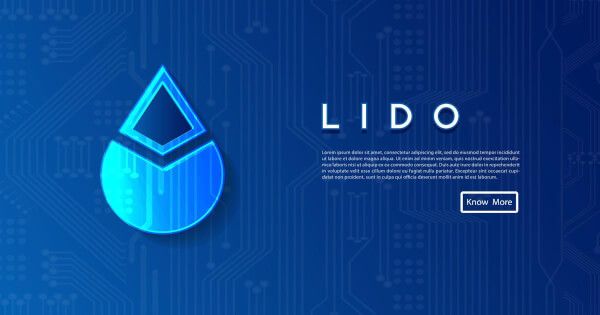
Lido Finance, a liquid staking protocol for digital assets, has implemented a new “staking rate limit” safety feature in response to a record-breaking influx of more than 150,000 ETH in a single day. This mechanism aims to prevent negative impacts of high inflows, limiting the daily amount of staked Ether that can be minted within a 24-hour period.
With Lido, users can stake Ethereum without locking their tokens, and in return, they receive a liquid variant of ETH called staked Ether (stETH), which earns staking rewards as long as it is held in their wallets. The staking rate limit mechanism operates by dynamically reducing the total stETH that can be minted based on recent deposits and replenishing the capacity hourly.
This activation affects all parties trying to mint stETH, regardless of their approach. The protocol’s developers stated that they will continue to monitor the situation and make adjustments as needed to maintain the safety of the platform.
The Ethereum Shanghai upgrade, one of five scheduled upgrades, is expected to unlock staked ETH and enable withdrawals, which could increase liquidity in the crypto market. The Beacon Chain’s launch in December 2020 introduced staking to Ethereum, and since then, $25 billion of ETH has been staked. The upcoming Ethereum Shanghai upgrade is expected to bring further developments and changes to Ethereum and decentralized finance.
As of February 27th, Lido Finance’s website reported that more than $8.9 billion in ETH has been staked with the protocol, which is a significant increase from the $5.8 billion reported on January 2nd. The liquid staking protocol has seen continued growth in staking volumes as the Ethereum Shanghai upgrade approaches, which is scheduled for mid-March.
Liquid staking protocols like Lido Finance provide a solution for users who want to earn staking rewards without sacrificing the liquidity of their assets. The ability to receive staking rewards without locking up assets is a significant development for the cryptocurrency space, as it increases the attractiveness of staking as a passive income stream.
The activation of the staking rate limit mechanism by Lido Finance shows the commitment of the platform’s developers to maintaining the safety and security of the protocol. With the continued growth of the platform and the increasing interest in staking, it is essential for protocols to have mechanisms in place to address high inflows and maintain the safety of the platform.
In conclusion, Lido Finance’s implementation of the staking rate limit mechanism highlights the continued growth of liquid staking protocols and their importance in the cryptocurrency space. As Ethereum and decentralized finance continue to evolve, it will be interesting to see how liquid staking protocols like Lido Finance adapt to meet the needs of their users and maintain the safety and security of their platforms.
